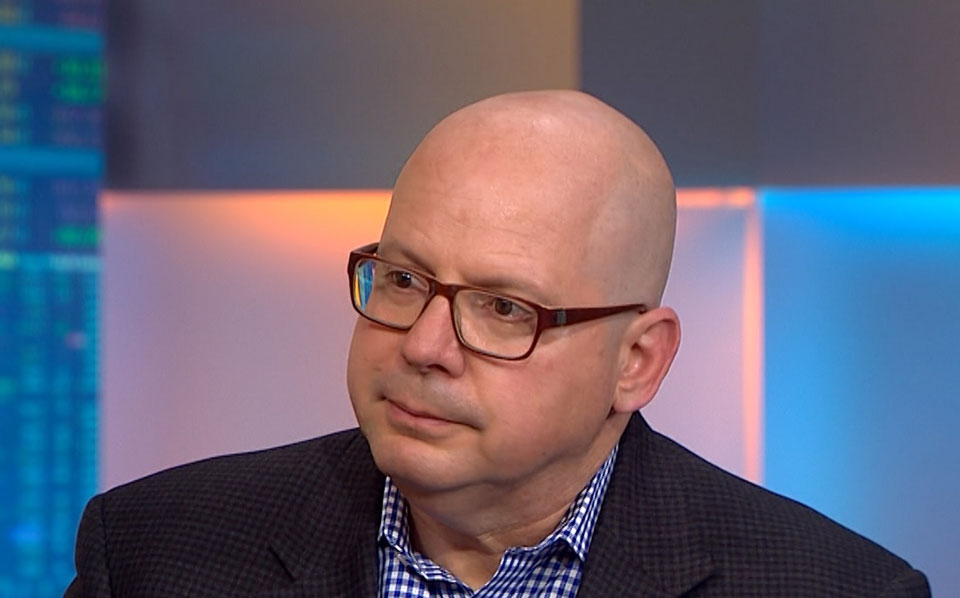Strategic Resource Allocation is More Important in Tough Times

If you had invested in each member of the Standard & Poor’s 500 Index over the five years ending in 2021, your investment in 92% of the companies would have earned a positive return. Less than one in 12 companies would have lost you money. Similar stats would be expected, on average, when we look at the business activities inside companies over this same period.
When the economy is growing well, and both inflation and interest rates are low, as in recent years, most business units in multi-business companies do pretty well. And within a business unit, or even a single business company, various product and service lines, and geographic regions, tend to also do well across the board. Sure, some are stronger while others are weaker, but most still create value for owners of the business.
Fast forward to 2022. During the first half of the year, only 22% of these same companies delivered a positive return to investors. Although there is a debate about whether or not the United States is in a recession, real gross domestic product has declined for each of the first two quarters of the year, presenting revenue headwinds for many companies.
Layer on top of this rising input costs due to higher inflation. The annual inflation rate for the 12 months through June, based on the consumer price index, hit a 40-year high of 9.1%, according to the Bureau of Labor Statistics (although it subsided a bit in July).
When inflation was low, interest rates and the cost of equity were low too. But facing rising inflation, lenders, including banks and corporate bond holders, seek higher interest rates so they don’t lose ground. As an example, the average yield to maturity of 10-year corporate bonds rated BBB by Standard & Poor’s was just over 2% at the end of 2020, and this same rate was over 5% in mid-2022.
With revenue headwinds and rising operating and capital costs, it’s no wonder a majority of companies in the S&P 500 had negative returns during the first half of 2022. Not every business has the brand strength and differentiated products and services to increase prices sufficiently to overcome the effects of declining GDP, rising operating costs and a higher cost of capital.
For managements, it matters more than usual that they understand where they can maximize value in these tough times, and that they disproportionately allocate capital, as well as innovation and marketing resources, to differentiated businesses that can maintain demand and pricing power in tough times. It’s the pareto principle on steroids.
Strategic Resource Allocation
Great investors like Warren Buffet and Peter Lynch delivered exceptional returns by concentrating their capital in companies they expected to grow profitably, and managers inside companies should do the same. Unfortunately, many companies smear resources relatively evenly across business activities. It’s as if they want to hedge their bets by giving everyone an equitable slice of the pie.
The first step to achieving truly strategic resource allocation is to gather keen insights on which parts of the business are creating the most value. Some businesses are growing fast but don’t have a high enough profit margin. Others have high margins but consume huge amounts of capital to grow, so the return on capital is too low. To balance these attributes, we need a measure that combines growth, margin and capital intensity. Economic profit (EP) measures are ideal for this. Fortuna Advisors’ Residual Cash Earnings (RCE) is a cash-based EP measure that helps reveal your best opportunities across the portfolio. The measure was developed to be simple and easy to use throughout an organization—and to ensure that it tracks share prices better than both generic EP and commonly used performance measures.
To calculate RCE, start with EBITDA less taxes, which we refer to as Gross Cash Earnings. From this subtract a “capital charge” which recognizes the required return on the assets invested in the business. Although the level of RCE is important, the change in the measure is what links to share prices, or total shareholder return (TSR), so that is what executive teams should focus on.
In well over half the companies we meet, we observe a higher reinvestment rate in businesses with declining RCE than in the businesses where RCE is growing. It’s like Warren Buffet buying stocks that seem poised to fall. Not a good idea!
Once we understand the historical RCE performance for each business, it helps to forecast their performance. In the current economic and capital market environment, many businesses are challenged to grow profitably because of rising costs and revenue headwinds. So it is useful to sanity check any strong RCE forecasts to ensure the business or product has adequate differentiation to raise prices and overcome revenue and cost headwinds.
Management should then disproportionately allocate resources where RCE is expected to meaningfully rise and reduce capital outlays to areas that seem unlikely to surmount such strong headwinds. While this process can help improve value creation in any business environment, mounting headwinds mean that the costs of inaction are higher than they’ve been in the recent years. Company executives have much to gain by embracing an active and strategic approach to resource (re)allocation.
Beyond disproportionately allocating capital to strong businesses and products, companies should also focus on driving differentiation by investing in brand building and innovation. Indeed, brand strength has shown itself to be a key source of financial resilience in times of crisis.
Those who actively practice strategic resource allocation are likely to outperform peers through tough times. Investors will reward this active approach, and when the next bull run comes, you’ll be well positioned to capitalize on it.
Written by Gregory V. Milano.
Have you read?
Best Business Schools In The World For 2022.
Best Fashion Schools In The World For 2022.
Best Hospitality And Hotel Management Schools In The World For 2022.
Best Medical Schools In The World For 2022.
The World’s Best Universities For Doctor of Business Administration (DBA), 2022.
Add CEOWORLD magazine to your Google News feed.
Follow CEOWORLD magazine headlines on: Google News, LinkedIn, Twitter, and Facebook.
This report/news/ranking/statistics has been prepared only for general guidance on matters of interest and does not constitute professional advice. You should not act upon the information contained in this publication without obtaining specific professional advice. No representation or warranty (express or implied) is given as to the accuracy or completeness of the information contained in this publication, and, to the extent permitted by law, CEOWORLD magazine does not accept or assume any liability, responsibility or duty of care for any consequences of you or anyone else acting, or refraining to act, in reliance on the information contained in this publication or for any decision based on it.
Copyright 2024 The CEOWORLD magazine. All rights reserved. This material (and any extract from it) must not be copied, redistributed or placed on any website, without CEOWORLD magazine' prior written consent. For media queries, please contact: info@ceoworld.biz
SUBSCRIBE NEWSLETTER








